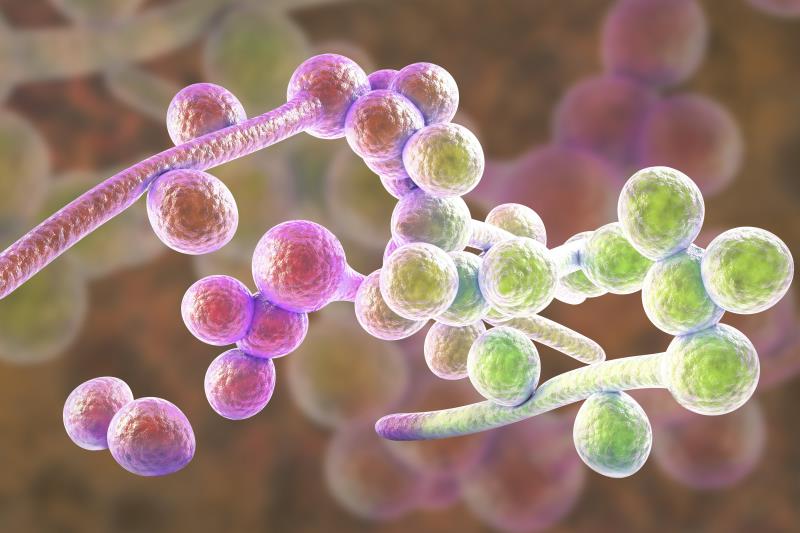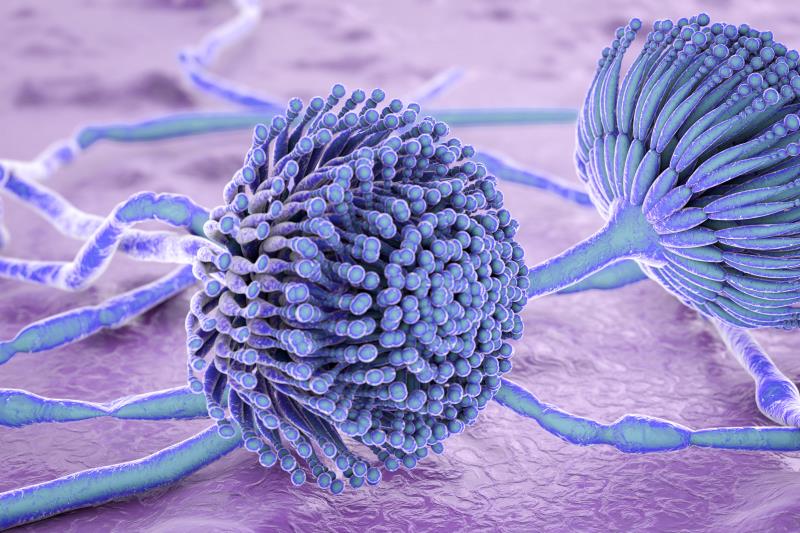Content:
Tổng quan
Nội dung của trang này:
Tổng quan
Nội dung của trang này:
Tổng quan
Tổng quan
Aspergillosis encompasses a variety of clinical syndromes depending on host immunity factors, and is caused by Aspergillus, an ubiquitous, soil-dwelling, filamentous fungus that grows on soil, food, dead leaves, household dust, etc.
In invasive aspergillosis, clinical manifestations include fever that is refractory to empirical broad-spectrum antibacterials, cough, pleural pain, paranasal sinus findings, and hemoptysis.
Standard procedures to establish a diagnosis of IA include bronchoalveolar lavage (BAL), transthoracic percutaneous needle aspiration or video-assisted thoracoscopic biopsy (VATS).
When invasive disease is suspected or confirmed, prompt, aggressive antifungal treatment is essential.
For further information regarding the management of Aspergillosis, please refer to Disease Algorithm for the Treatment Guideline.
In invasive aspergillosis, clinical manifestations include fever that is refractory to empirical broad-spectrum antibacterials, cough, pleural pain, paranasal sinus findings, and hemoptysis.
Standard procedures to establish a diagnosis of IA include bronchoalveolar lavage (BAL), transthoracic percutaneous needle aspiration or video-assisted thoracoscopic biopsy (VATS).
When invasive disease is suspected or confirmed, prompt, aggressive antifungal treatment is essential.
For further information regarding the management of Aspergillosis, please refer to Disease Algorithm for the Treatment Guideline.



